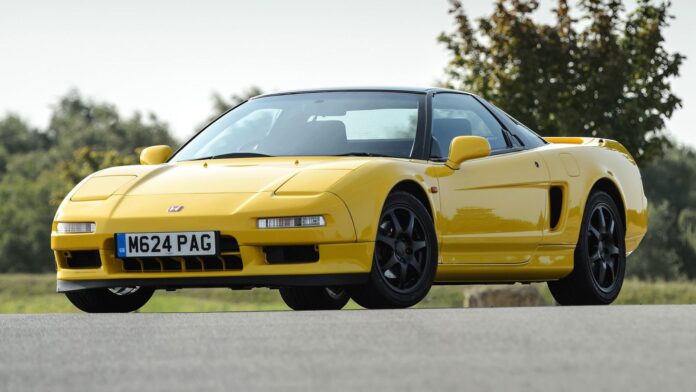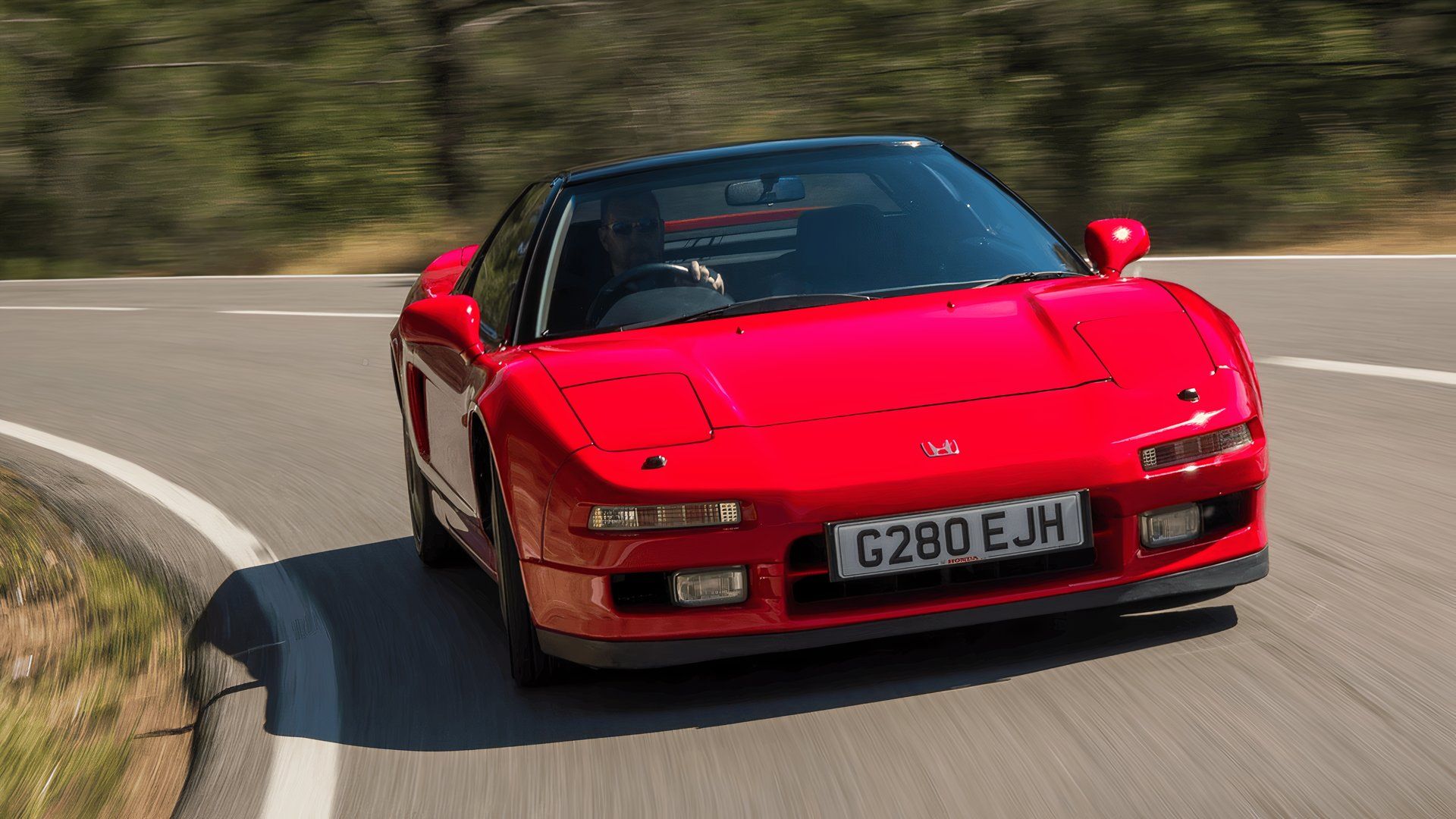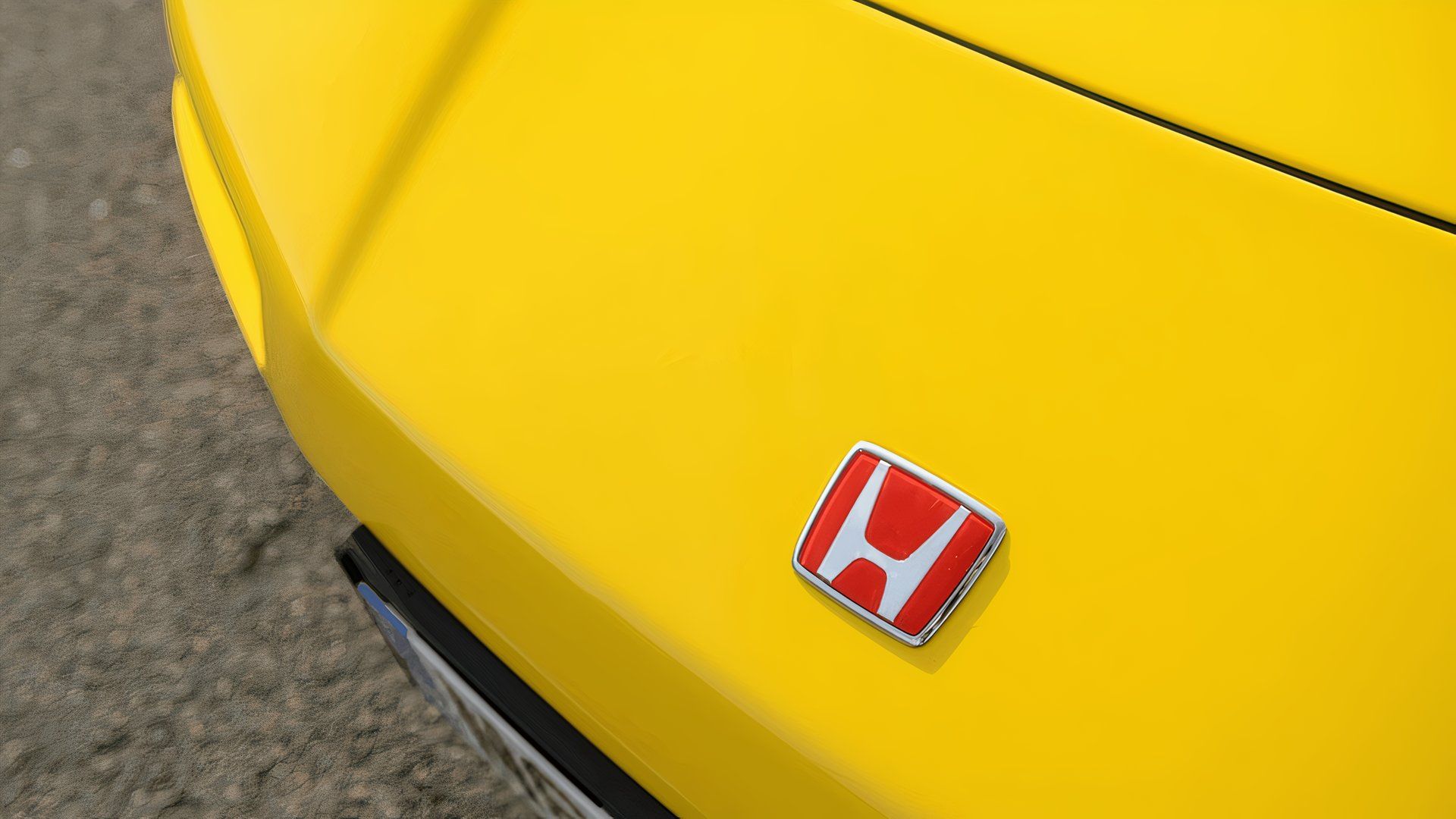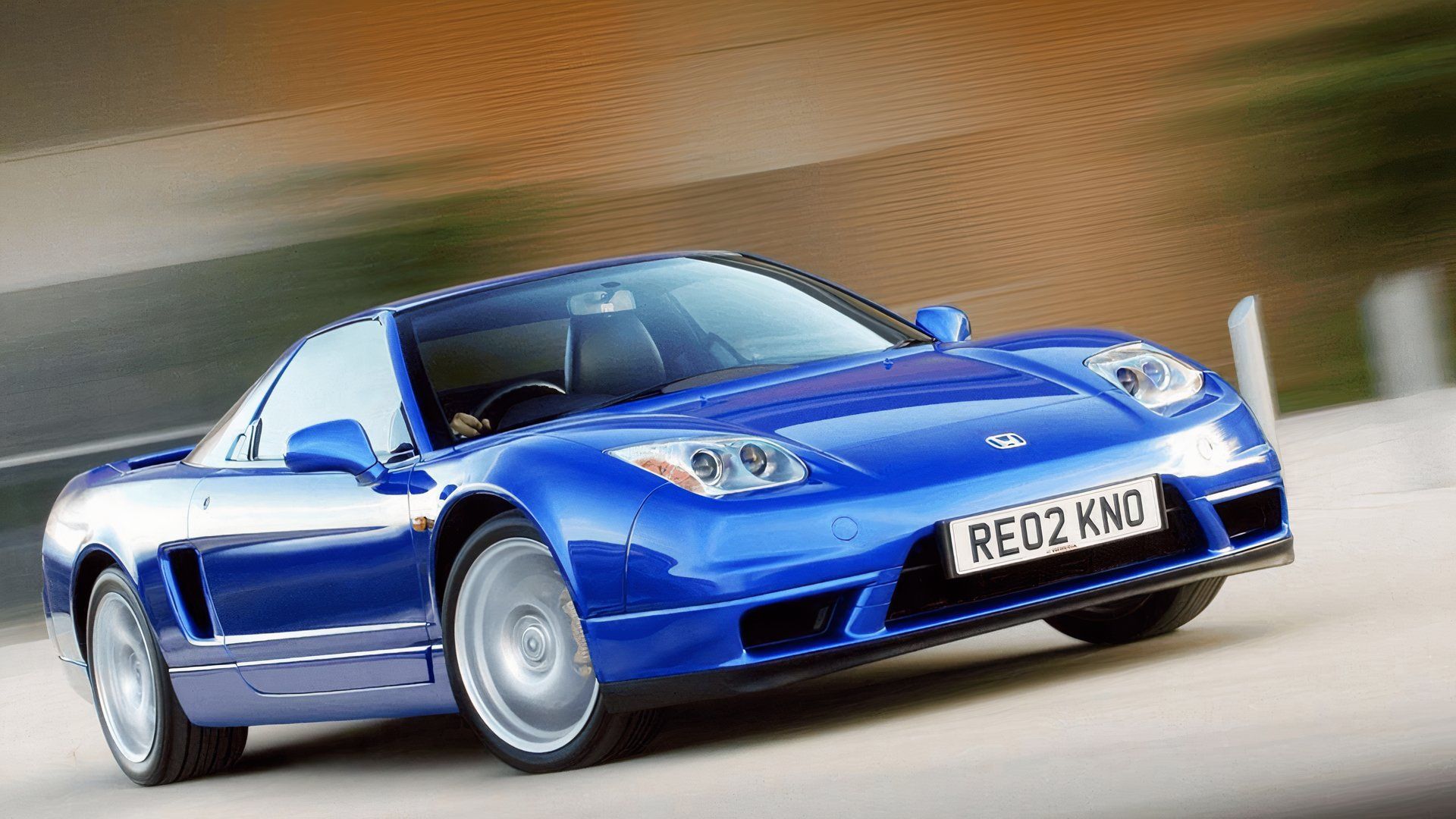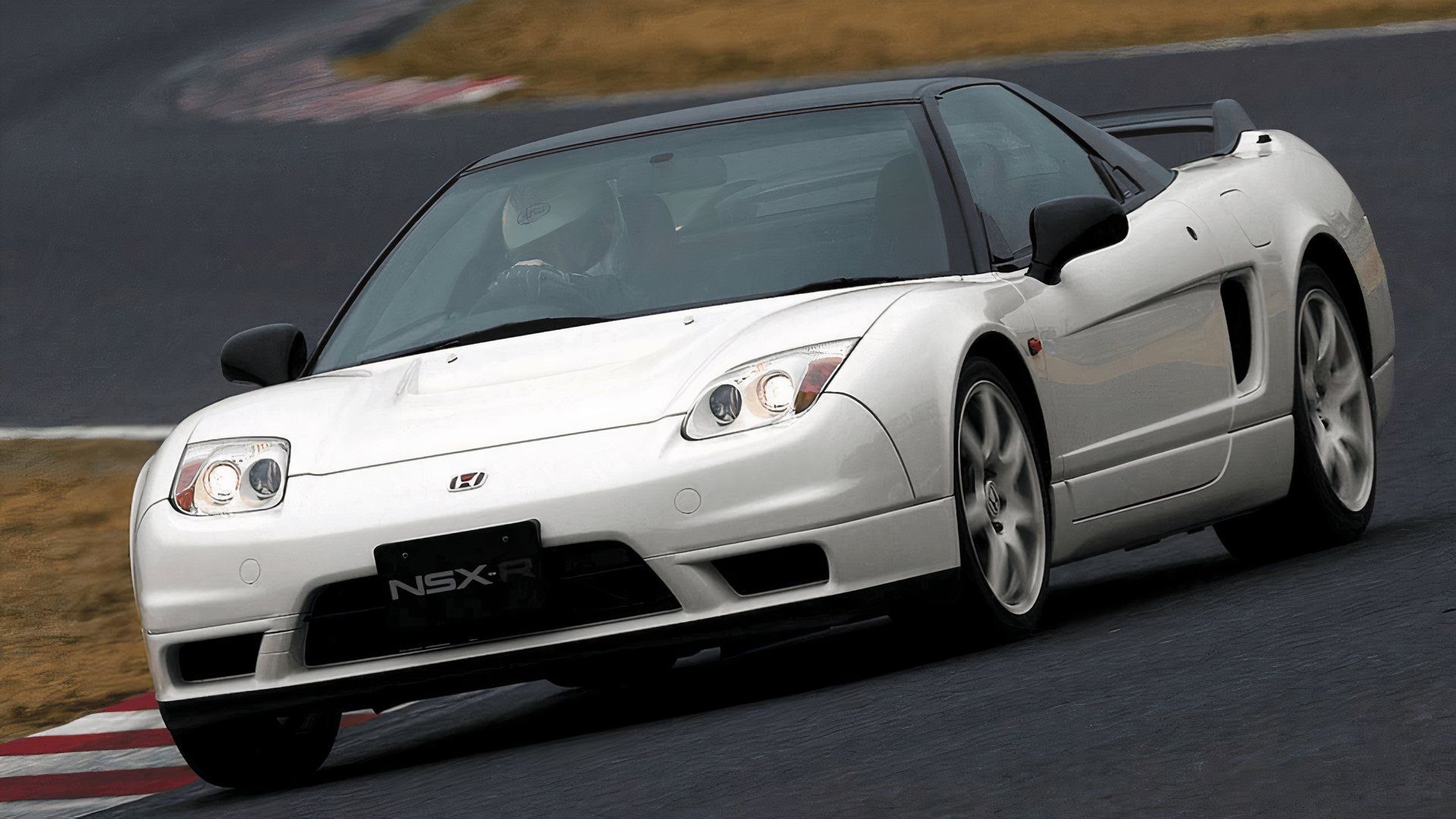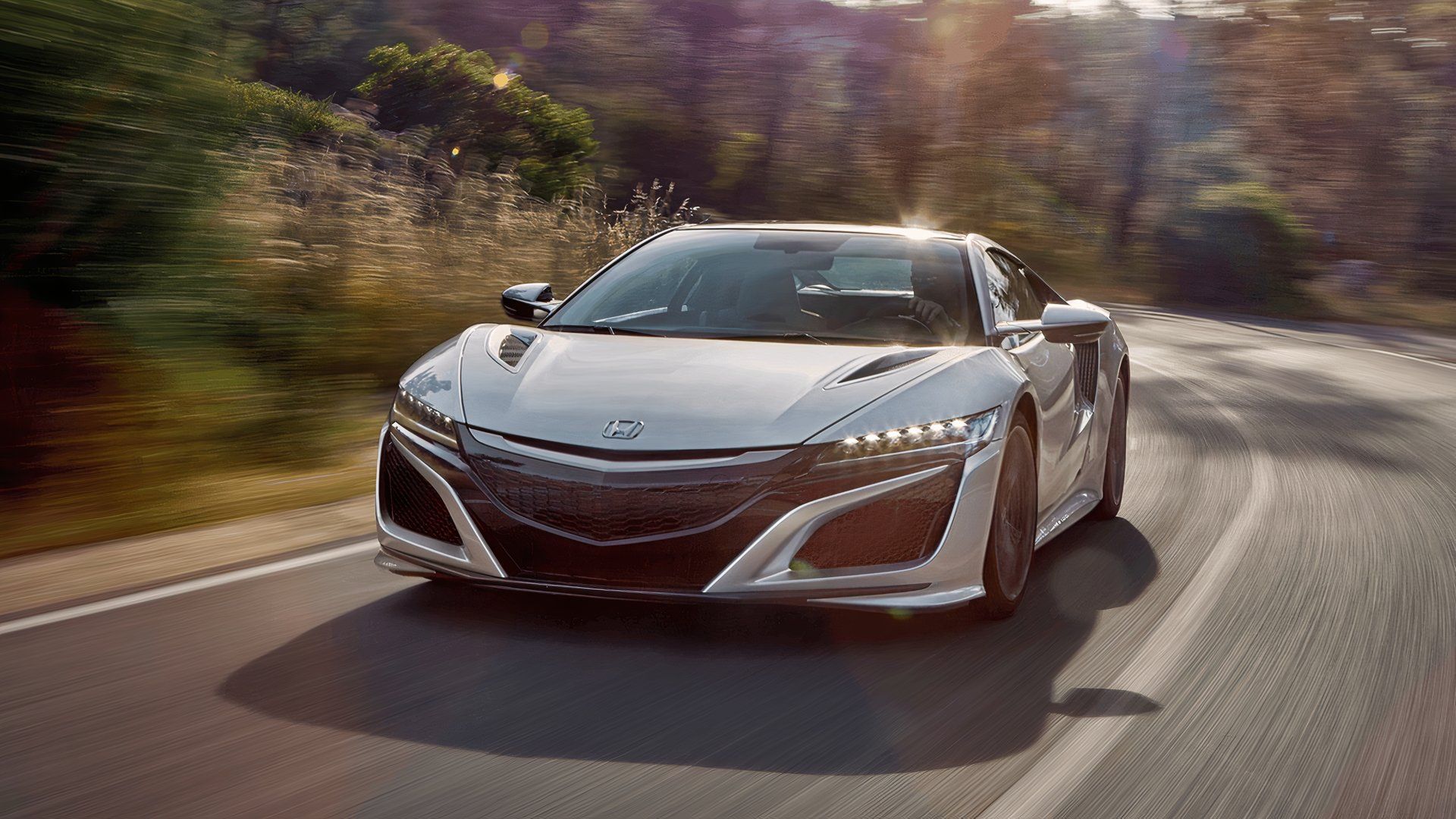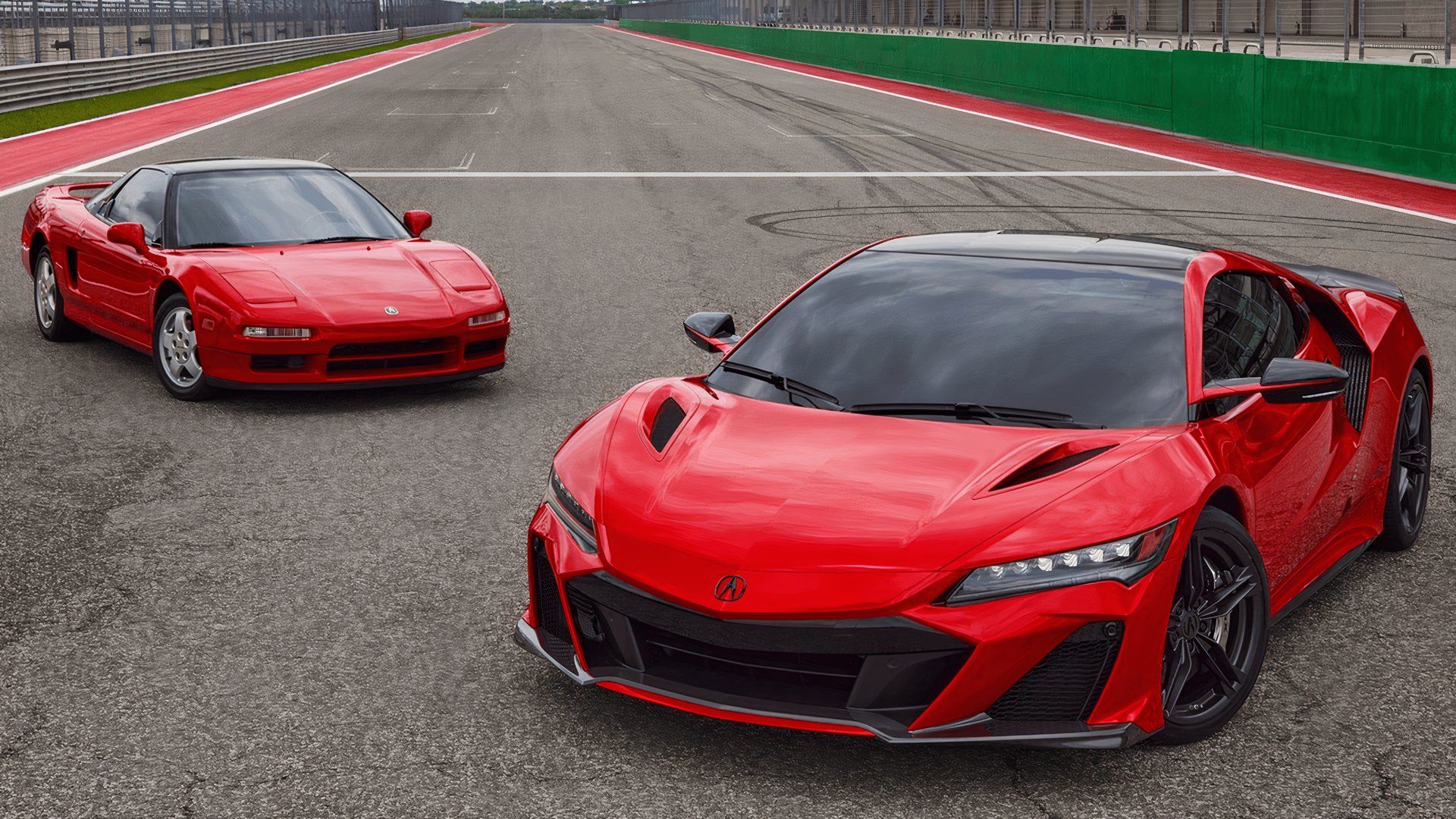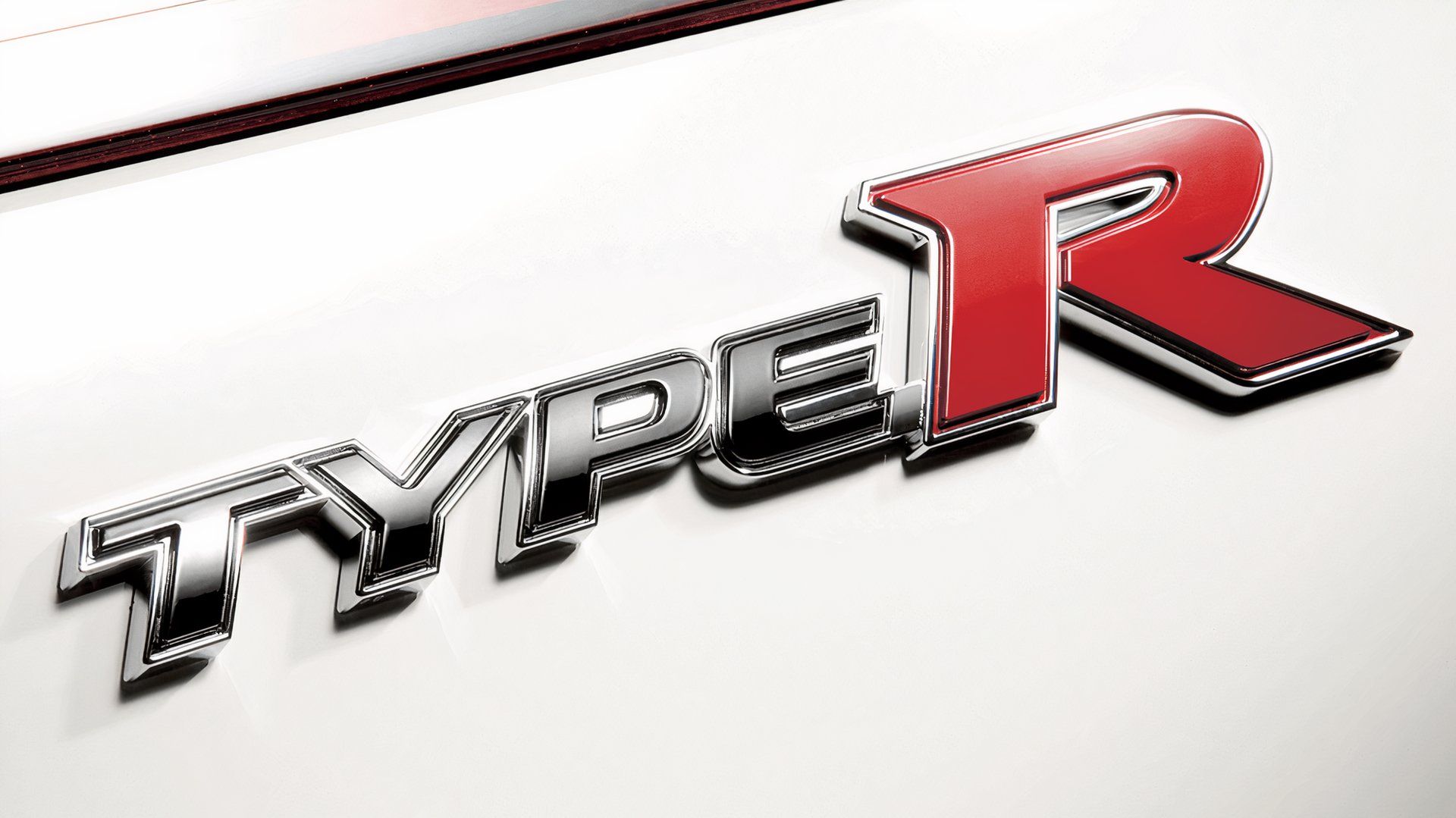Honda doesn’t produce many sports cars, but when it does, it tends to do them right. The Honda NSX – sold as the Acura NSX in the United States – is one of the best examples of such work, and, in particular, the NSX Type S and NSX Type R models. These hardened, high-power sports and supercars took the fight to European flagships for half the price, and more often than not, the humble Hondas took victory.
Over a decade separates the last first-gen models from the earliest second-gen NSX, and so the differences between them are night and day. To get you up to speed with what’s what in the NSX world, we’ve compiled this handy article to run you through the basics, and how the NSX Type R separates itself from the NSX Type S.
CarBuzz has sourced all specifications and statistics directly from Honda. If any other authoritative sources have been used, they will be listed separately at the foot of the article.
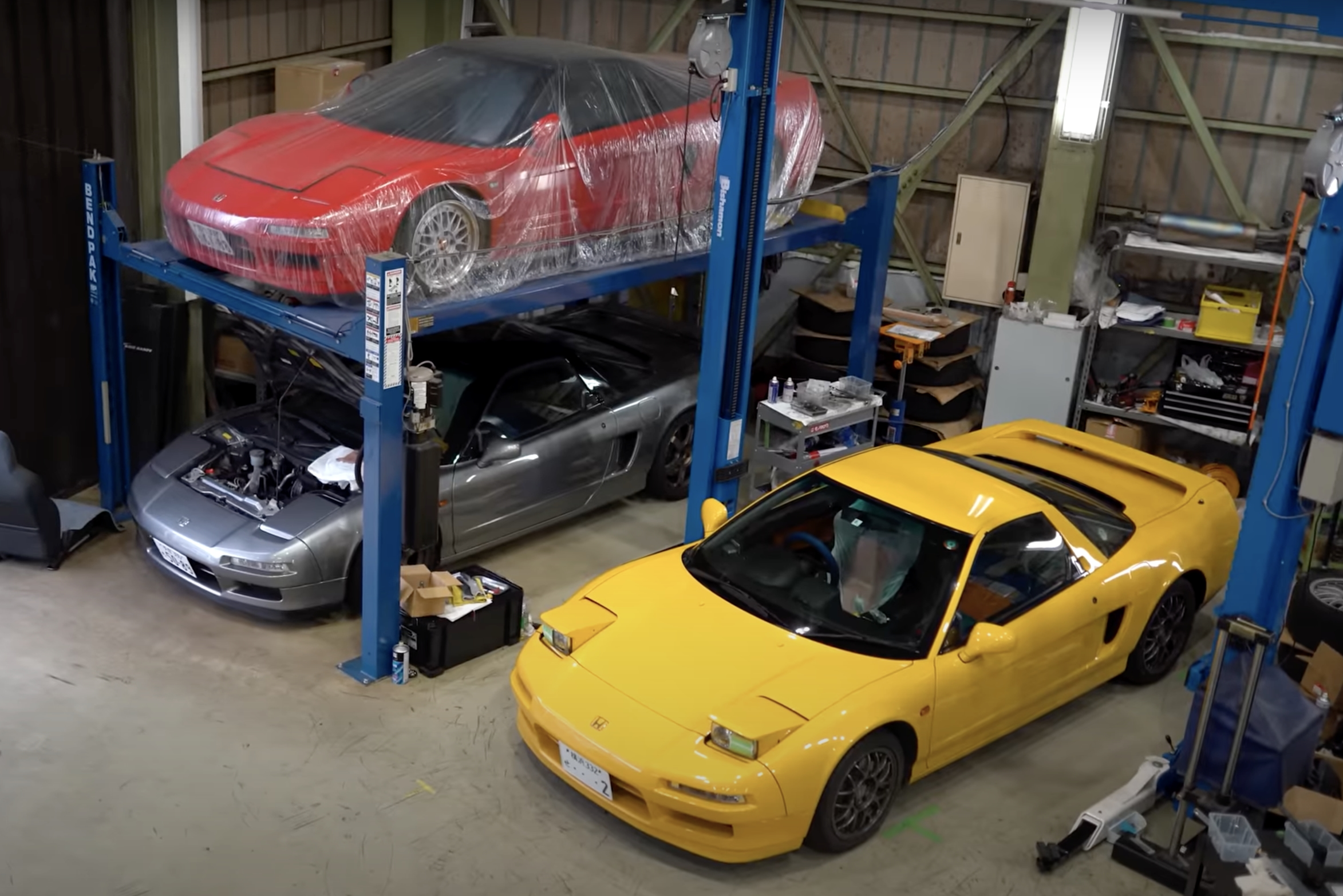
Related
Japanese Workshop Has DOZENS Of Honda NSXs On Show
It’s a humble but well-visited shop in a quiet town in Japan, and it’s a mecca for fans of the original NSX.
Acura/Honda NSX: The Early Years
|
First-gen NSX Basic Specifications |
|
|---|---|
|
Engine |
3.0-liter V6 |
|
Power |
270 horsepower |
|
Torque |
210 lb-ft |
|
Transmission |
5-/6-speed manual or 4-speed automatic |
|
Curb weight |
3,109 lbs |
Honda has enjoyed huge success throughout the 1980s on a global scale, with record-breaking sales coming from its humble commuter and family-friendly models such as the Civic and Accord. Clearly though, Honda engineers had an appetite for something a little spicier, and so plans for a driver-focused sports car began to develop. The decision was made to manufacture something really special; a proper driver’s car that would be lightweight, mid-engine, and seriously capable – in the right hands.
What we need is a midrange, midship car that provides superior performance yet requires equally superior driving skills in order to be controlled.
It was launched at the dawn of the 1990s, which meant it rivaled a plethora of European sports cars from the era, including the usual smattering of Italian efforts. The NSX represented something different, though – it wasn’t merely a striking design with headline-grabbing outputs. It was a genuine sports car, and while the capacity and output was lower than that of most rivals, it was practically the fastest thing on four wheels at the time.
In most markets, the NSX was sold under the Honda brand, although the sharp supercar was launched as an Acura for the American market.

Add CarBuzz to your Google News feed.
1992: First-Ever Honda NSX Type R/NSX-R
Honda’s NSX recipe was clearly a winning formula, but as with everything, engineers had to make some compromises in order to broaden the model’s appeal. That meant a comfortable interior, affordable tires, and suspension supple enough to tackle everyday road surfaces. However, further down the road in 1992, Honda had the opportunity to develop a more aggressive variant, dubbed the NSX Type R, or NSX-R.
Distinguishable by the iconic red Honda badge, exclusive to Type R models, this NSX sported larger but lighter wheels, sticky rubber, a slight bump in output, and a much more focused interior. Recaro bucket seats said goodbye to comfort and hello to figure-hugging performance. That, in addition to a variety of other small weight-saving moves, resulted in a total reduction of 265 lbs.
1997: Japan Receives NSX Type S
Five years later, in 1997, Honda launched the NSX Type S. It was visibly different from the Type R, and the easiest way to distinguish them was by the roof – the NSX-R was only available with a black roof, while the Type S was body colored. Very few were made, just 209 examples, and they were exclusively sold in Japan, making it one of the rarest JDM sports cars from the 1990s.
NSX Type S-Zero: One Of The Rarest NSX Variants
Even rarer, though, was the NSX Type S-Zero. It was a track-orientated version with wide bodywork, NSX-R derived suspension, and lightweight transmission components. Honda enthusiasts will need deep pockets and unwavering patience if they want to add one to their collection – only 30 were made, and they are considered one of the holy grails of early NSX models.
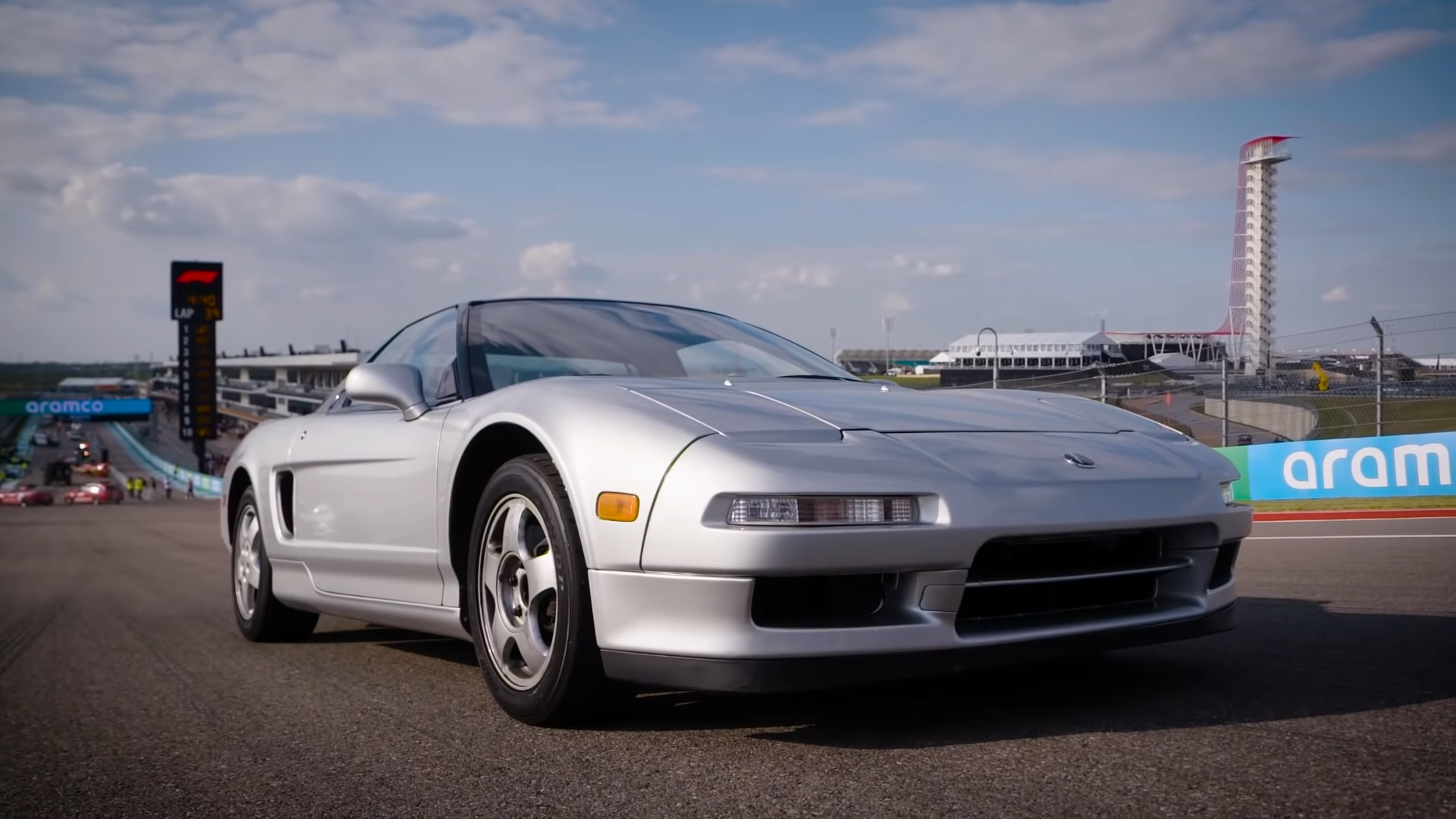
Related
Watch Pierre Gasly Race An Original Acura NSX
Pierre Gasly pays tribute to Ayrton Senna’s legendary Acura NSX-R drive at Suzuka.
NSX Type R Vs. NSX Type S
|
Early NSX Comparison |
||
|---|---|---|
|
Model |
1992 Honda NSX-R |
1997 Honda NSX Type S |
|
Engine |
3.0-liter V6 |
3.2-liter V6 |
|
Power |
276 horsepower |
290 horsepower |
|
Torque |
216 lb-ft |
224 lb-ft |
|
Transmission |
5-speed manual |
6-speed manual |
|
Curb weight |
2,712 lbs |
2,910 lbs |
|
Production numbers |
483 |
209 (30 Type S Zero) |
Most would surely assume that the NSX-R would be the model to sport the larger, more powerful engine, but the Type S actually wins here, sporting a 290-horsepower 3.2-liter V6, as opposed to the NSX-R, which is motivated via a 3.0-liter, 276-horsepower unit.
The NSX-R instead opts for lightness, and a more aggressive suspension setup. While the Type S is lighter than standard models, it still checks it at 198 lbs heavier than the Type R. During the five-year interim between each model, Honda had been busy lining up upgrades for the NSX, and the Type S was the perfect excuse to introduce them. Upgrades included a slick six-speed manual transmission, multi-spoke alloy wheels, and the larger capacity V6.
Both models are exceedingly rare, with only 209 Type S and 483 Type R models hitting the roads. These scarce and driver-focused mid-engine models were exclusively produced for the Japanese market.
2001: First-Gen NSX Undergoes Facelift
While the performance of the NSX was still mighty, the cosmetic side of things certainly needed updating after 11 years in production. Honda didn’t feel the need to change much of the basic silhouette, but a facelift was in order.
2001 saw the introduction of the revised first-gen NSX, which featured a more aggressive and down-turned bumper, in addition to new headlights, which were no longer pop-ups. Under the skin, revised rear suspension and wider rear tires were among the changes, although very little else was updated in terms of the drive and powertrain. New colors debuted too, such as Imola Orange Pearl and Long Beach Bleu Pearl, which helped this aging design pop and stay relevant for a few more years.
2002: Japan Introduces Second NSX-R
According to the project leader of the second NSX-R project, “the idea behind the R, was not to create a swan song rendition with a massive dose of additional power, but to go back to basics”, according to a Top Gear interview from 2002. The primary goal was to reduce weight, which Honda engineers managed by utilizing carbon-fiber body panels, a mesh engine cover, and super-lightweight Recaro bucket seats.
Mechanical upgrades included heavy-duty anti-roll bars, a short-ratio six-speed manual transmission, stiffer suspension, and a whole host of aerodynamic body modifications. In terms of power, the same 290-horsepower as the standard NSX is on offer, but now with blueprinted pistons and conrods. Standing on the loud pedal will catapult you from 0 to 60 mph in just five seconds, and the NSX-R won’t stop accelerating until it cracks 175 mph.
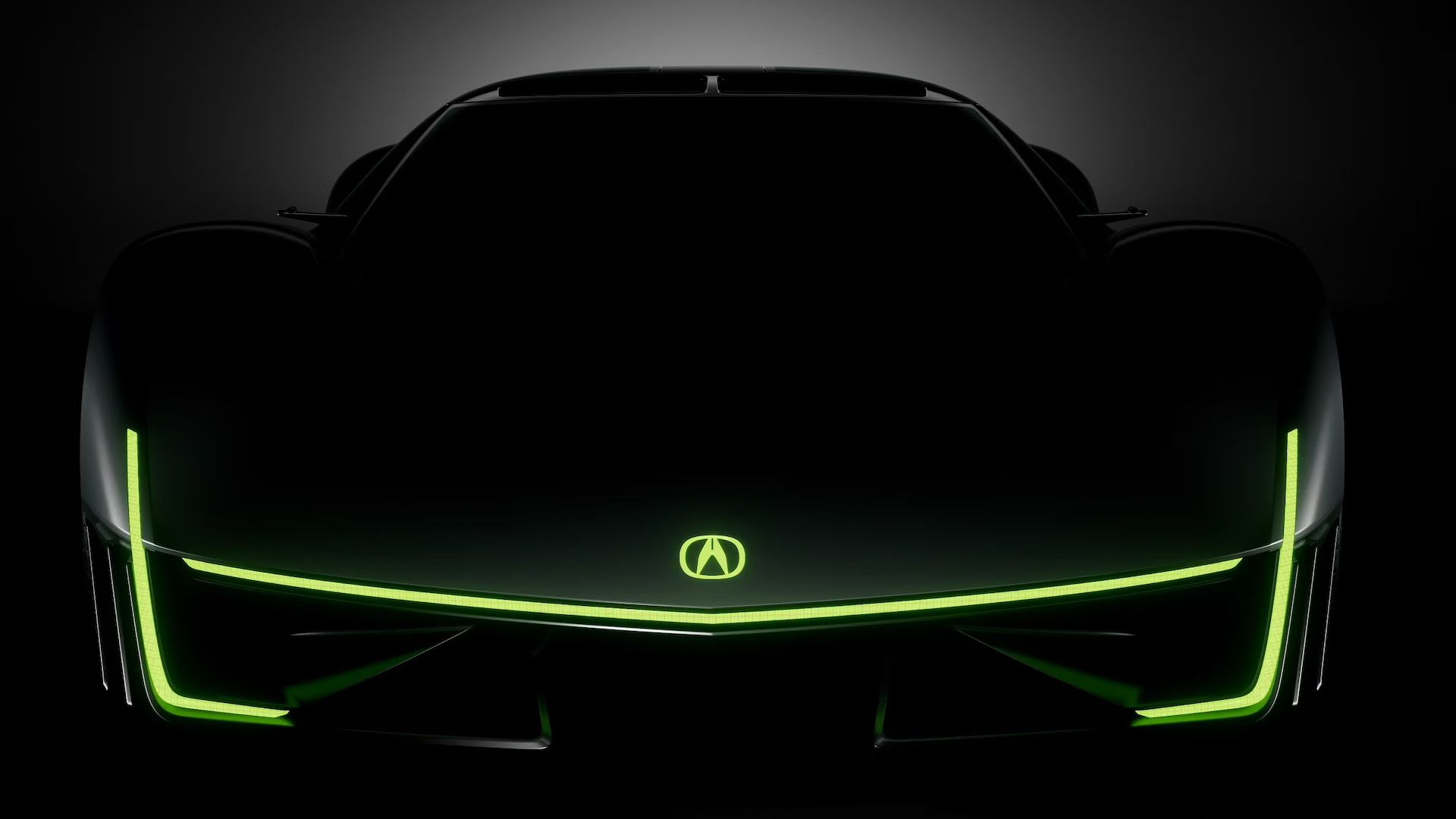
Related
Acura NSX Successor Is Coming And It Is What You Think It Is
Honda has confirmed that the next NSX is in the works.
2016: Second-Gen NSX Goes Into Production
Key Specs
- 3.5-liter twin-turbocharged V6 hybrid with three electric motors
- 573 horsepower and 476 lb-ft of torque
- 0 to 60 mph in 2.9 seconds, and a top speed of 191 mph
Reviving old and iconic sports car nameplates has become quite trendy in recent years, and Honda decided to join the party in 2016, with the awesome second-generation NSX. Just like with the original model, this supercar was marketed in the USA as an Acura, but as a Honda elsewhere.
Whereas 270 horsepower was enough to excite the world in 1990, customers in 2016 demand a little more, and Honda responded accordingly with a 576-horsepower, twin-turbocharged V6 paired with three electric motors; it was far quicker than the old NSX and featured truly exotic lines. Still, the ethos behind the model remained the same, and so this second-gen model still succeeds as a properly competent track machine.
2021: New NSX Type S Announced As Final Second-Gen Model
|
JDM Honda NSX Type R & Acura NSX Type S Comparison |
||
|---|---|---|
|
Model |
2002 Honda NSX-R (Japan) |
2022 Acura NSX Type S |
|
Engine |
3.2-liter V6 |
3.5-liter twin-turbocharged V6 with three electric motors |
|
Power |
290 horsepower |
600 horsepower |
|
Torque |
224 lb-ft |
492 lb-ft |
|
Transmission |
6-speed manual |
9-speed DCT |
|
Curb weight |
2,800 lbs |
3,903 lbs (with Lightweight Package) |
|
Production numbers |
140 |
350 |
While the first-generation model enjoyed a production run of 12 years, the second-gen model managed about half of that, retiring for the 2022 model year. Keen to give it a proper send off, Acura developed yet another Type S model as a final hurrah, and, this time, it reached American shores. In fact, of the 350 produced, 300 were sold in America.
Compared back-to-back with the last NSX-R model, it’s easy to see just how far the NSX has come. The biggest change, apart from the cosmetics, is the fact that the 2022 Acura NSX Type S utilizes three electric motors, which sees output soar to over double that of the 2002 NSX-R. Furthermore, gone is the analog six-speed manual, and in its place sits a sharp nine-speed DCT – it’s clear that the NSX’s swan song is a technical masterpiece, rather than the back-to-basics sports car that it used to be.
Did Honda Produce A Second-Gen NSX Type R?
Unfortunately, enthusiasts were never blessed with a second-gen Honda or Acura NSX Type R. The reasons for this are easily justified, and quite frankly, the 600-horsepower Type S was likely fast enough for everyone anyway.
Furthermore, the Type R moniker is reserved exclusively for Honda models, so it wouldn’t make great sense for Acura to adopt it solely for a hot NSX. Instead, as seen with the flagship 2024 Acura Integra Type S, Acura opts for the Type S nameplate to denote its most potent performance models, while Honda sticks to Type R for its performance models.
Sources:
Honda
,
Acura
,
Top Gear

